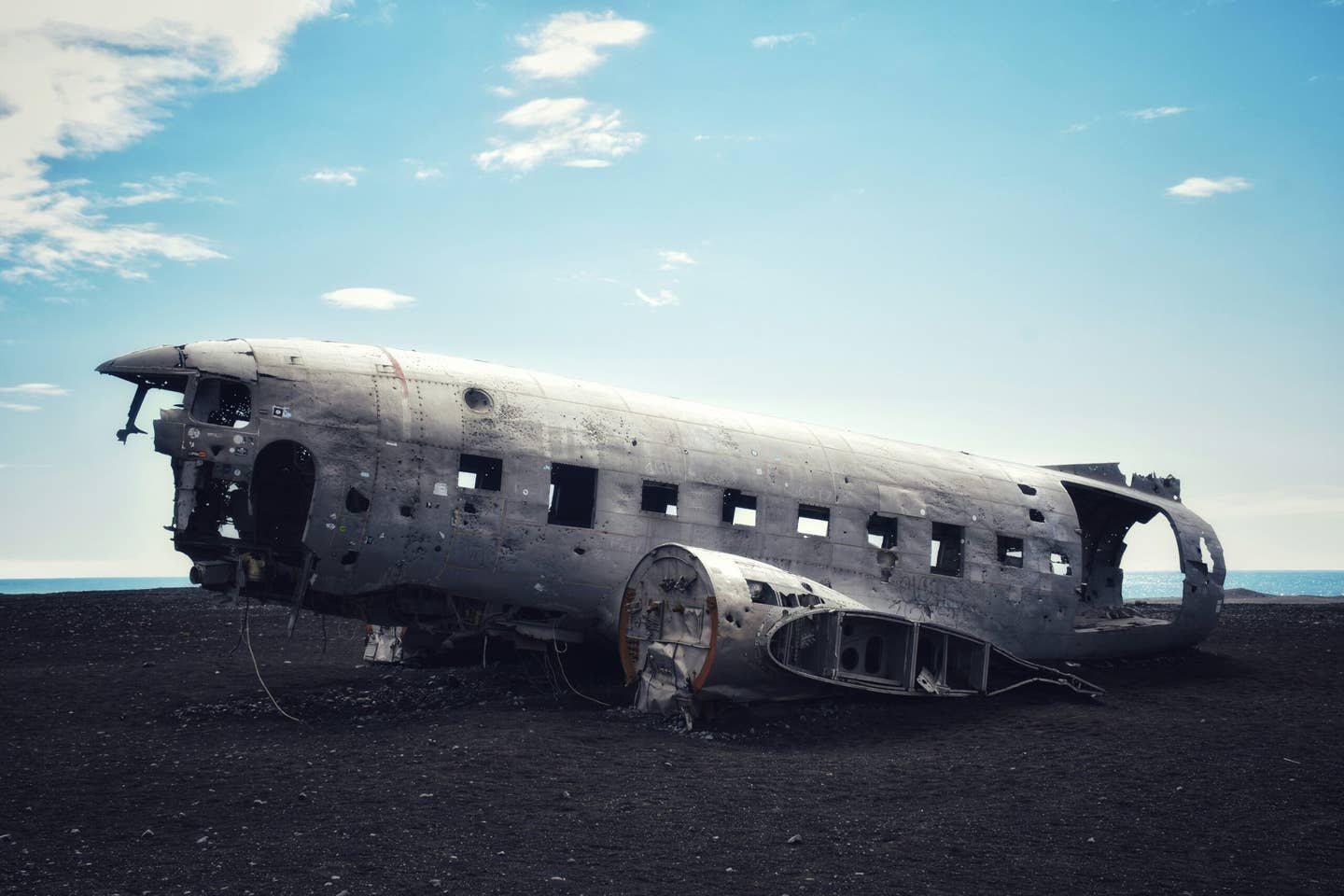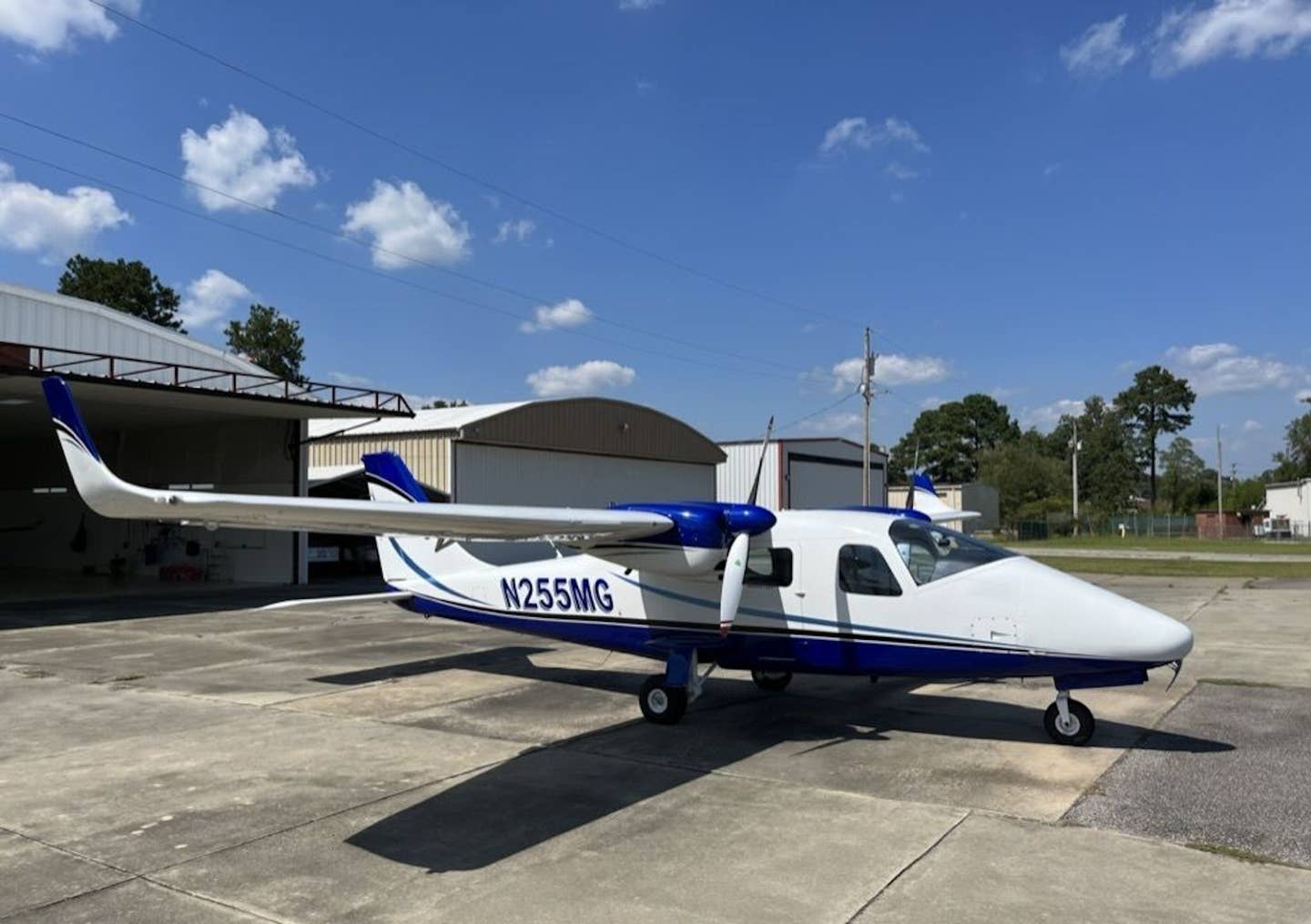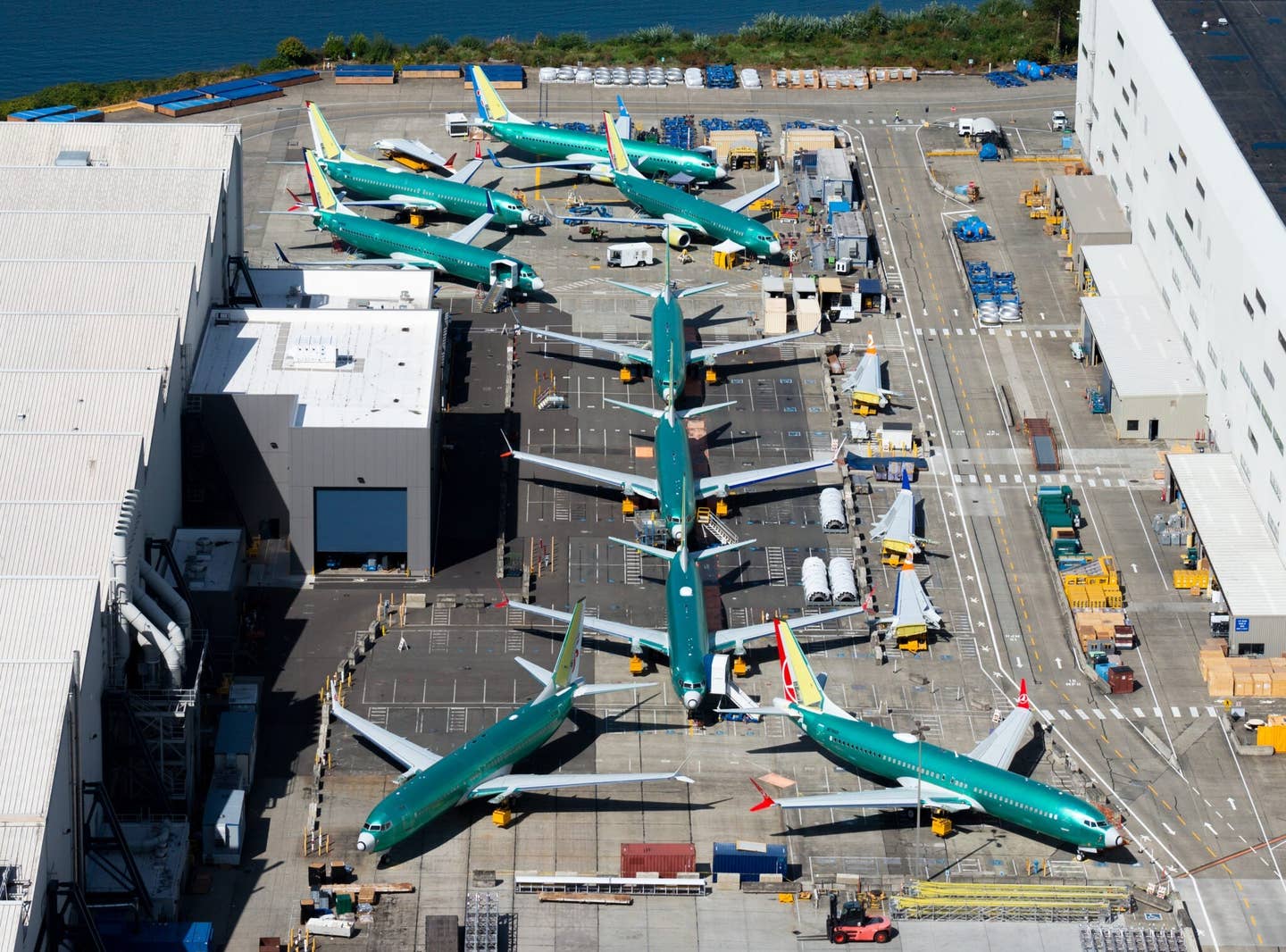Identifying Corrosion in All Its Forms
Here’s what you need to know about corrosion identification, prevention, and treatment.

Corrosion occurs as metals seek to revert to their natural state. [Credit: Jean Vella/ Unsplash]
Corrosion has existed as long as aircraft. Although it was most likely not on the minds of Wilbur and Orville Wright during their famous 12-second flight, it nonetheless quickly became the archnemesis of many aviators.
As aircraft progressed, so did the enemy. Corrosion identification, prevention, and treatment is an ongoing battle.
- READ MORE: An Introduction to Aircraft Inspections
According to an EAA Sport Aviation article that makes a clear distinction about corrosion on wooden aircraft: “Lest you think corrosion is something that only happens to metal, wood can also develop a sort of organic rust. Known as dry rot, this fungus is caused by too much moisture content and can render wood unusable."
Corrosion will look slightly different in wooden ribs, spars, and longerons.
When it comes to inspecting structural wood, late vintage aircraft restorer Ron Alexander, who wrote about managing, flying, and maintaining aircraft for Experimental Aircraft Association's (EAA) Vintage Aircraft Association, said there is a lengthy list of items to check.
According to Alexander, some of the things to look for include:
- Signs of mildew, which occurs due to excessive humidity and heat and potentially leads to dry rot
- Loosening of nails, which may be evidence of adverse movement of the spar
- Moist or wet wood
- Erosion of varnish or finish that could lead to the growth of fungus within wood fibers
- Any observable stains, which are accompanied by rot
What Is Corrosion?
Corrosion presents altogether differently in metal aircraft. But what exactly is it?
According to the FAA Advisory Circular AC No: 43-4B, corrosion is the “electrochemical deterioration of a metal because of its chemical reaction with a surrounding environment.” That’s a fancy way of saying rust.
- READ MORE: How to Care for Your Lycoming Camshaft
Corrosion is a natural process that affects metal through chemical or electrochemical reactions, transforming it into compounds like oxides, hydroxides, or sulfates. Unlike erosion, which damages materials through mechanical action, corrosion occurs as metals seek to revert to their natural state, the FAA said.
For corrosion to take place, four specific conditions must be met:
- Presence of an anode or a metal that will corrode
- Presence of a cathode, a dissimilar conductive material that has less tendency to corrode
- Presence of an electrolyte, a conductive liquid
- Metal-to-metal contact or a fastener that usually makes electrical contact between the anode and cathode
Elimination of any one of these conditions will stop corrosion.
More Than an Airframe Problem
Corrosion is the silent killer of aircraft, and if left undetected, it could wreak havoc on your equipment and operation.
When most of us think about corrosion, it is typically in a highly exposed environment that is unprotected from the elements, like wheel wells. However, corrosion can occur anywhere on the aircraft, including, but not limited to, propellers, avionics, and engine parts.
The FAA outlines methods, techniques, and practices acceptable for inspecting, preventing, controlling, and repairing corrosion on avionics systems and equipment in its advisory circular AC 43-206.
"Studies have shown that 20 percent of avionics equipment failures are a direct result of corrosion," the FAA said. “Even minute amounts of corrosion can cause intermittent malfunctions or complete equipment failures.”
Another critical area of concern for corrosion is propellers. According to legacy prop maker Hartzell Propeller, the different versions of propeller corrosion include uniform surface corrosion, pitting corrosion, intergranular corrosion, and stress corrosion/cracking.
"Keep in mind that the forms of corrosion vary with the type of metal involved, the age of the aircraft, atmospheric conditions, and the length of time that the aircraft is exposed to corrosion,” the company said.

Subscribe to Our Newsletter
Get the latest FLYING stories delivered directly to your inbox






